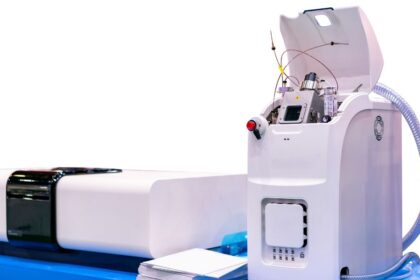A team from the University of California San Diego has decided to combine health science, chemistry, and genetics to create a new diagnostic tool for early detection of SARS-CoV-2, the virus causing COVID-19. The experts developed a new technology named sensitive enzymatic nucleic acid sequence reporter (SENSR) which is a CRISPR gene-editing technology that will help rapidly detect the pathogens by locating genetic sequences in the DNA or RNA. Recently, many human pathogens were identified using real-time polymerase chain reaction (RT-PCR). Even though such methods are highly sensitive and accurate, they are time-consuming and rely on experts, specialized laboratories, and specialized equipment. Thus, SENSR could prove helpful in rapid detection of the SARS-CoV-2 and also could be designed for in-home use.
Despite the use of the Cas9 enzyme in CRISPR genetic engineering research, the team has recently used different enzymes such as the Cas12a and Cas13a for the development of prefect CRISPR-based diagnostic technology. It is believed that SENSR is the tool that uses Cas13d enzyme or any ribonuclease effector. For advancing the genetics-based diagnostics pipeline and exploring the capabilities of CRISPR, the researchers decided to use any Cas enzyme that could complement the current systems. There has been a lot of advancements made in the CRISPR technology to speed the detection of infected patients so as to offer much needed point-of-care treatment even with minimal resource settings.
According to Professor Omar Akbari, the latest technology will open new avenues for CRISPR diagnostic systems to encourage the early detection of emerging pathogens before a new pandemic arises. The researchers plan to test SENSR proteins before the development of SENSR. The latest study is a new development and innovative technology for helping curb the COVID-19.
The SARS-CoV-2 detection in less than an hour makes it a powerful molecular diagnostic for further applications. SENSR is projected to be suitable in places such as airports to quickly determine the infected individuals. The primary goal is to identify scalable point-of-care diagnostics systems to avoid pandemics like COVID-19.





